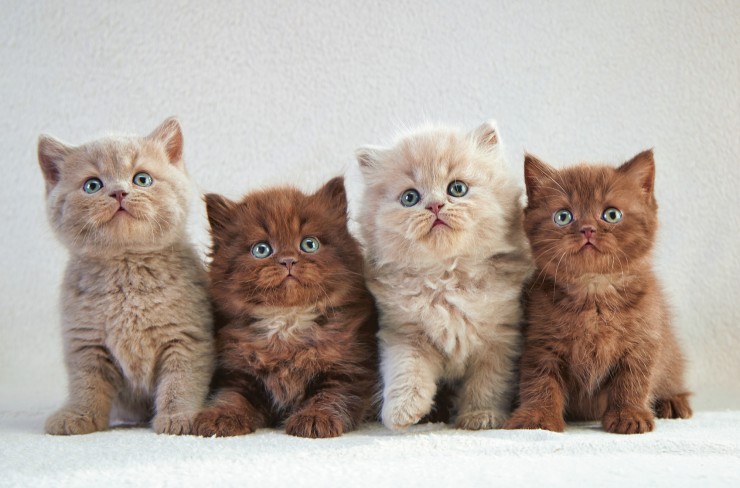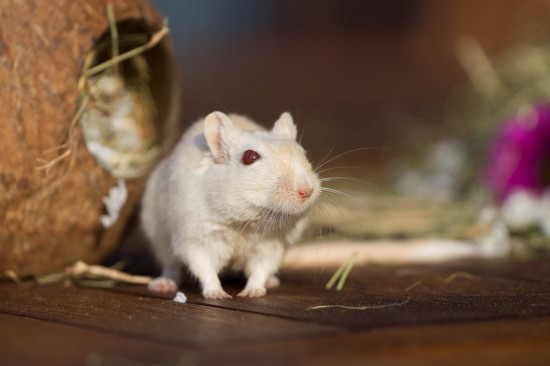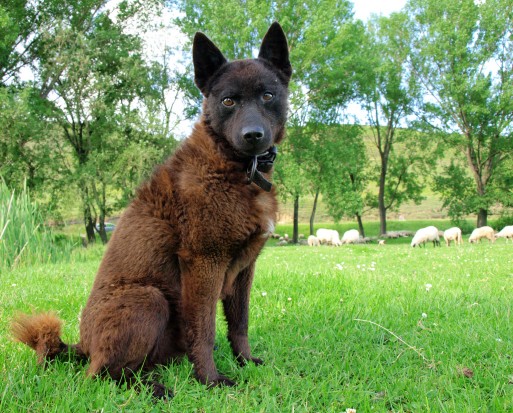Three freshwater tank fish to put in your aquarium are described here; the Glass Catfish, the Glass Tetra and the Golden Otoclincus. Scientific names, preferred conditions, colors description, sex differences and breeding advice given.
Glass catfish - Kryptopterus bicirrhis (Family: Siluridae)
Behavior: The Glass catfish is timid and prefers to be in a small shoal with its own kind but is alright in a community aquarium. Its is a delicate tropical fish that will grow to about 11 cms. It has an unusual behavioral mode as it sometimes rests on the tank bottom, quite still, in the plants.
They may even be leaning to one side or have their head down and appear to be in poor health or even worse, dying! However they are not. This is normal for them and they will suddenly shoot away when disturbed.
Water and Tank Conditions: A temperature range of 25 to 29 degrees centigrade is suited to this fish. Because it is shy you need to provide plenty of hiding places, whether that be by plants or aquarium ornaments
Features and Colors: The most unusual characteristic of the glass catfish is its transparency. Frequently, when the lighting is right, you will have trouble actually seeing the fish. And at other times you will be able to see its skeleton. Another stand out feature is its two long barbels (whiskers) projecting from the front.
With respect to its fins, the bottom area of the caudal fin is bigger than the upper area. And take note if your fish exhibits black spots on its sides as this means that it has become ill and remedial measures need to be put in place.
Feeding: If you sprinkle food on the surface this fish will eat it as it drops down. Its preference is a diet of small live food.
Breeding Conditions: It appears that the Kryptopterus has not been bred successfully in captivity.
Glass Tetra - Roeboides microlepis (Family: Characidae)
Behavior: Also known as the small scaled glass tetra, its is a sturdy fish that can be argumentative and cause trouble at feeding times so keep an eye out for that. It likes to stay around the bottom of the tank with its head in a downward position but is quite different in looks from the 'headstander' fish.
Water Conditions: Standard tropical tank temperatures will suffice.
Features and Colors: Its has a big mouth, curved back, long body with small scales. Can grow up to 10 cms when adult. This fish is not a proper glass fish like the glass catfish, because its bones are not visible. The yellowish body has a blue-green band along its side and under certain lighting conditions you will see tiny shiny black spots.
The female is a bit thicker in the body than the male and when it is in a breeding status the color in the fins of the male become deeper.
Feeding: Its diet should have a high percentage of live food. Note its quarrelsome nature at feeding times, as mentioned above.
Breeding Conditions: Not easy to breed but not impossible as there have been reports of success. Due to their argumentative nature its is essential that a compatible pair is identified and used to improve the chances of success. Conditioning and separation of the sexes prior to courtship is also likely to be beneficial. Ideally you will provide a large tank and take note of the fact that coupling can get very boisterous.
Golden Otocinclus - Otocinclus affinis (Family: Loricariidae)
Behavior: Also known as the Dwarf sucking catfish there are other species of the genus Otocinclus that are nearly identical in all ways to the species described here. Although not a true 'upside down' fish it will take up this position below the surface. Even though it is a scavenger your plants should be safe as long as it has vegetable matter to have a go at.
Water and Tank Conditions: It doesn't like bright light and will need plenty of foliage and places to hide. If the water is sufficiently oxygenated this fish can survive over a range of temperatures, including low levels.
Features and Colors: It will grow to about 4.5 cms, has a long slender body with an overall brown color. It has a dark brown back with a lighter shade underneath and darker mottling. All species of the Otocinclus genus do not have an adipose fin.
The female is a bit bigger and fuller in the body than the male. As a scavenger it has a sucking mechanism formed by the lips and as an armored catfish its scales are rough bony plates. Its eyes are small and its snout is pointed.
Feeding: It is not fussy about food but really prefers vegetable matter and tubifex.
Breeding Conditions: There is not a great deal of information regarding breeding this freshwater tank fish but it has been bred in captivity and reports suggest that sticky eggs were laid on the sides of the tank and that the eggs hatched after about two days.
So there you are, three more freshwater tank fish you can add to your community aquarium.

 Six Health Essentials That You Should Monitor In Your Kittens First Few Weeks Of Life
Six Health Essent
Six Health Essentials That You Should Monitor In Your Kittens First Few Weeks Of Life
Six Health Essent
 Understanding Gerbil Behaviour
Understanding Ger
Understanding Gerbil Behaviour
Understanding Ger
 10 Tips For House Training Puppies
10 Tips For House
10 Tips For House Training Puppies
10 Tips For House
 What Is Chagas Disease In Dogs - Is It A Uk Problem?
What Is Chagas Di
What Is Chagas Disease In Dogs - Is It A Uk Problem?
What Is Chagas Di
 Which Showing Class Is Best For My Horse Or Pony?
Which Showing Cla
Which Showing Class Is Best For My Horse Or Pony?
Which Showing Cla